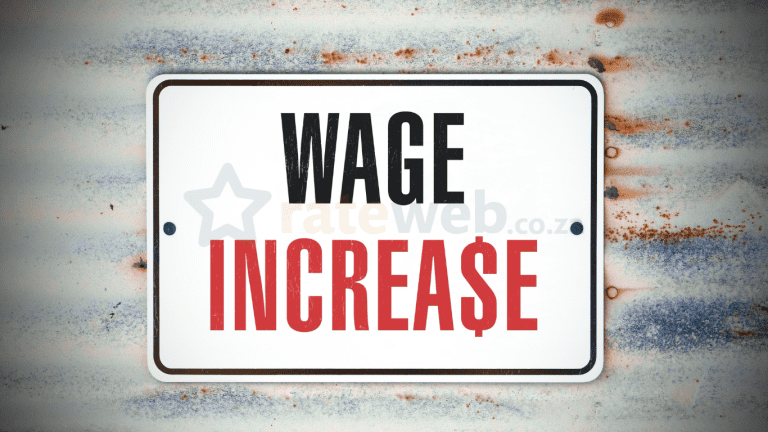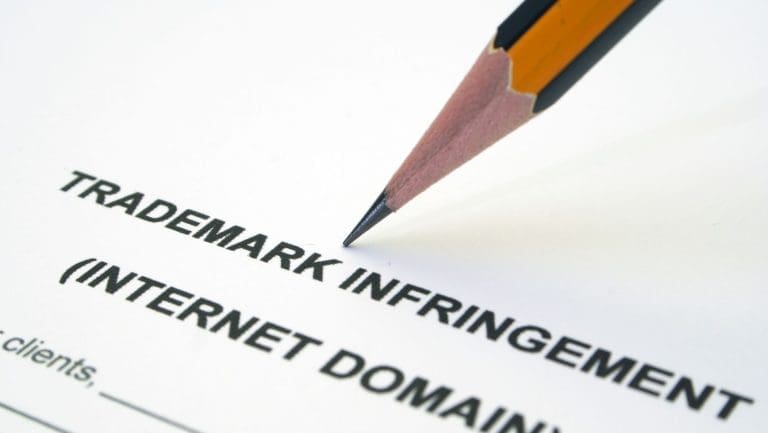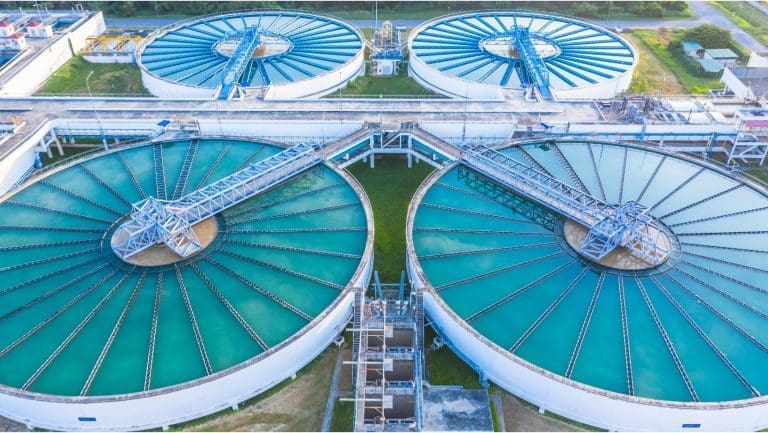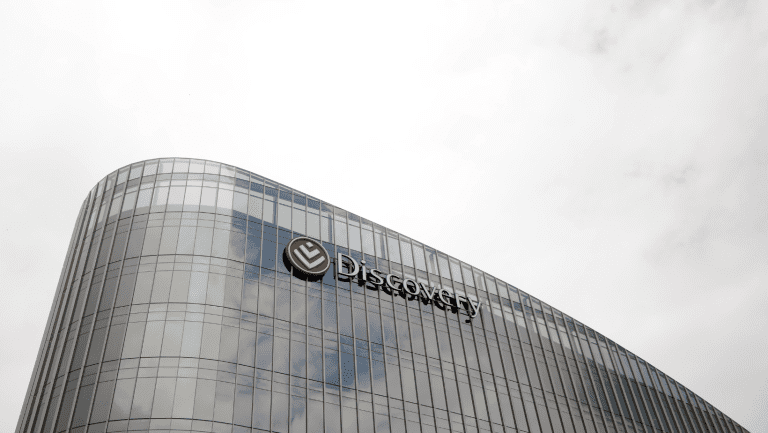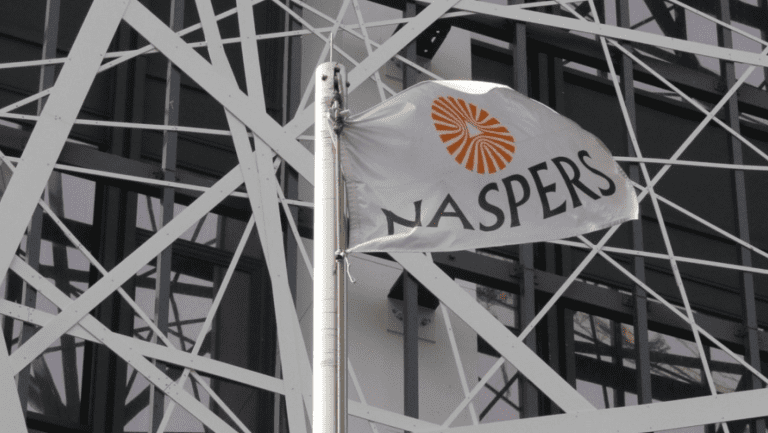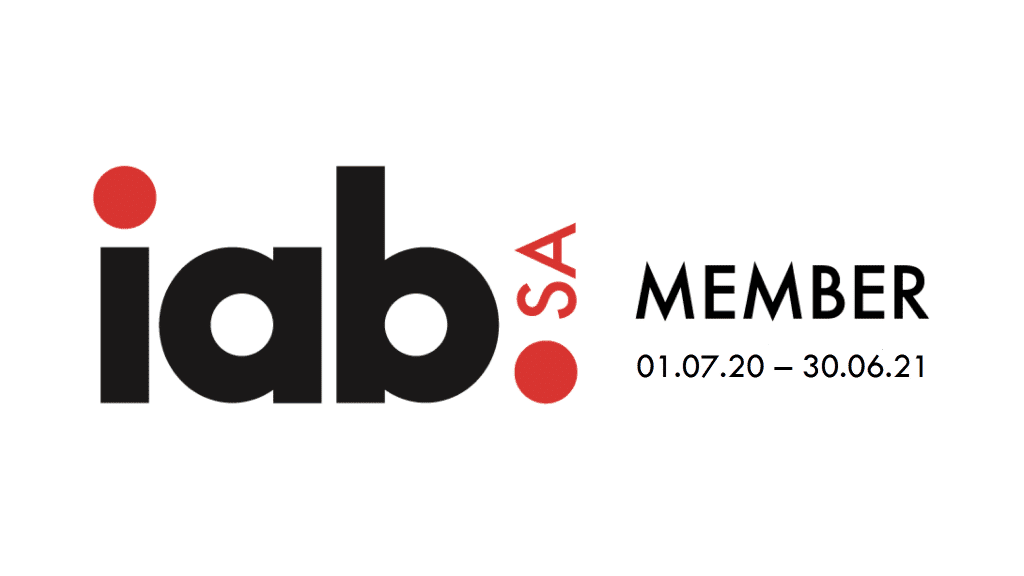Johannesburg – South Africa’s Minister of Forestry, Fisheries and the Environment, Barbara Creecy, has granted power utility Eskom an exemption to expedite the return of Kusile Power Station to service, though this decision comes with environmental consequences.
Key Takeaways
- South Africa’s Minister of Forestry, Fisheries and the Environment, Barbara Creecy, has granted power utility Eskom an exemption to expedite the return of Kusile Power Station to service, aiming to reduce load shedding by two stages.
- The ‘quick-fix’ solution is expected to reintroduce 2,100MW to the grid earlier than planned but will result in increased harmful Sulphur Dioxide (SO2) emissions due to the temporary bypass of Flue Gas Desulphurisation mechanisms.
- The exemption comes with strict conditions, including public notice and participation, progress reporting to the Minister and the Portfolio Committee, and implementing measures to protect employees and surrounding communities from health risks.
The department has granted Eskom an exemption from the time-consuming process of amending its Atmospheric Emission License, which is contingent upon strict conditions. This will enable the power utility to proceed with its ‘quick-fix’ solution to bring the Kusile Power Station back online more swiftly.
This solution will reintroduce 2,100MW to the grid, potentially by the end of the year instead of 2024. However, it will also result in Eskom releasing greater amounts of harmful Sulphur Dioxide (SO2) into the atmosphere.
The exemption, based on Section 59 of the National Environmental Management: Air Quality Act (NEMAQA), was granted on March 14, 2023, as a response to an application the minister had received concerning the Kusile Power Station, the department announced.
The application had been submitted in light of the urgent need to address the electricity crisis in the country.
“Eskom’s request is for a temporary solution to restore lost generation capacity at its Kusile Power Station while a damaged stack undergoes repairs, which are due for completion in December 2024. In the meantime, Eskom intends to construct temporary stacks by November 2023, which it anticipates will enable the resumption of generation capacity of 2,100MW, consequently reducing the country’s exposure to load shedding by two stages,” Creecy said.
The proposed temporary solution for Kusile includes operating the temporary stacks without the use of the Flue Gas Desulphurisation mechanism for a period of 13 months. This is expected to result in increased sulphur dioxide emissions during this period, exceeding the current applicable limit stipulated in Kusile’s Atmospheric Emission License.
Eskom is now required to apply to the National Air Quality Officer for a one-time postponement of the compliance timeframes for minimum emission standards for new plants.
The one-time postponement of the compliance timeframes for minimum emission standards for new plants can only be valid until March 31, 2025, according to applicable regulations.
Creecy acknowledged the well-documented socio-economic impacts of load shedding, which have had significant consequences for all South Africans. She also expressed her awareness of the health and related effects of exposure to sulphur dioxide emissions, particularly on communities living near coal-fired power stations.
“Considering these competing factors, I have had to make an extraordinarily difficult decision,” she said.
As a result, the exemption has been granted under section 59(1) of NEMAQA, subject to the following conditions:
- Eskom must issue a public notice in two national newspapers explaining the rationale for its application;
- Eskom must conduct a public participation process within a reduced timeframe of 14 days;
- Eskom must report to Minister Creecy and the Portfolio Committee on Forestry, Fisheries and the Environment in the National Assembly on the progress of its repair to the west stack; and
- Eskom must implement measures to mitigate the exposure of its employees and surrounding communities to harm. At a minimum, these measures must encompass independent health screenings and referrals to appropriate public health facilities for necessary treatment.















